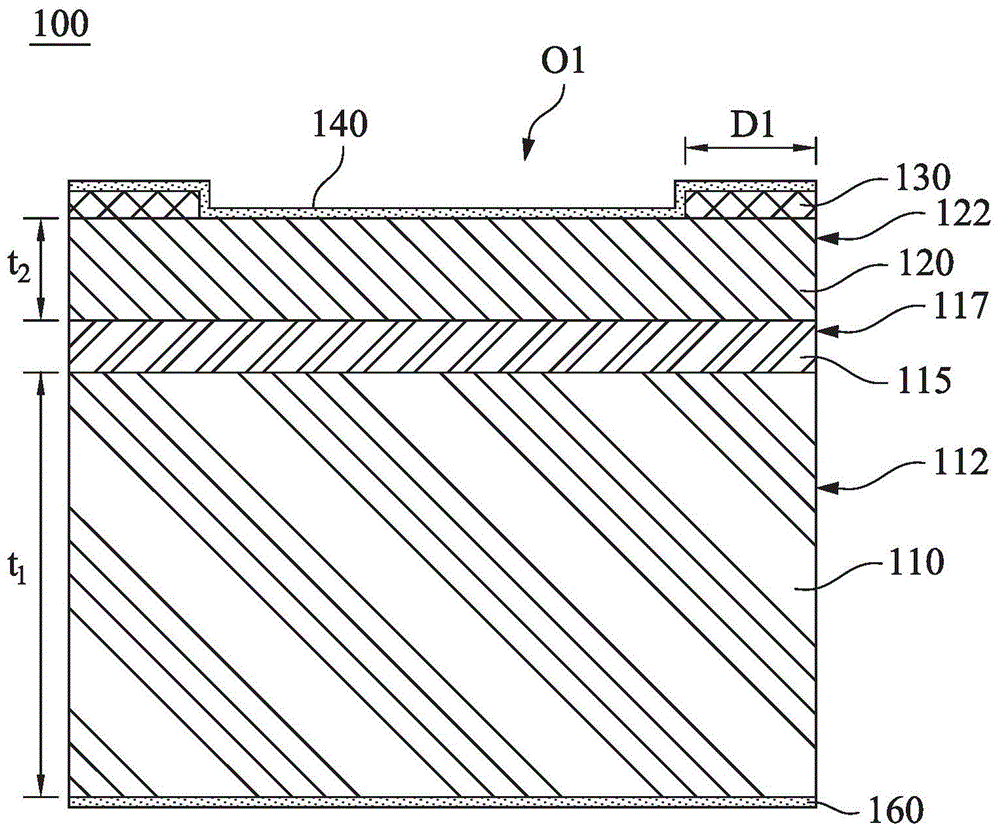Micro-light-emitting diode
A light-emitting diode and miniature technology, which is applied in the direction of electrical components, circuits, semiconductor devices, etc., can solve the problems of drop, instability, and drop in tolerance value of changes, and achieve low side surface leakage current, increased current density, and low electrostatic sensitivity. Effect
- Summary
- Abstract
- Description
- Claims
- Application Information
AI Technical Summary
Problems solved by technology
Method used
Image
Examples
Embodiment Construction
[0045] A number of implementations of the present invention will be disclosed below with the accompanying drawings. For the sake of clarity, many specific details will be described together in the following description. It should be understood, however, that these specific details should not be used to limit the invention. That is, in some embodiments of the invention, these specific details are not necessary. In addition, for the sake of simplification of the drawings, some conventional structures and elements will be shown in a simple and schematic manner in the drawings.
[0046] figure 1 It is a side cross-sectional view of the micro LED 100 according to the first embodiment of the present invention. The micro LED 100 includes a first type semiconductor layer 110 , an active layer 115 , a second type semiconductor layer 120 , a first dielectric layer 130 and a first electrode 140 . The second-type semiconductor layer 120 is disposed on the first-type semiconductor layer...
PUM
 Login to View More
Login to View More Abstract
Description
Claims
Application Information
 Login to View More
Login to View More - R&D
- Intellectual Property
- Life Sciences
- Materials
- Tech Scout
- Unparalleled Data Quality
- Higher Quality Content
- 60% Fewer Hallucinations
Browse by: Latest US Patents, China's latest patents, Technical Efficacy Thesaurus, Application Domain, Technology Topic, Popular Technical Reports.
© 2025 PatSnap. All rights reserved.Legal|Privacy policy|Modern Slavery Act Transparency Statement|Sitemap|About US| Contact US: help@patsnap.com



